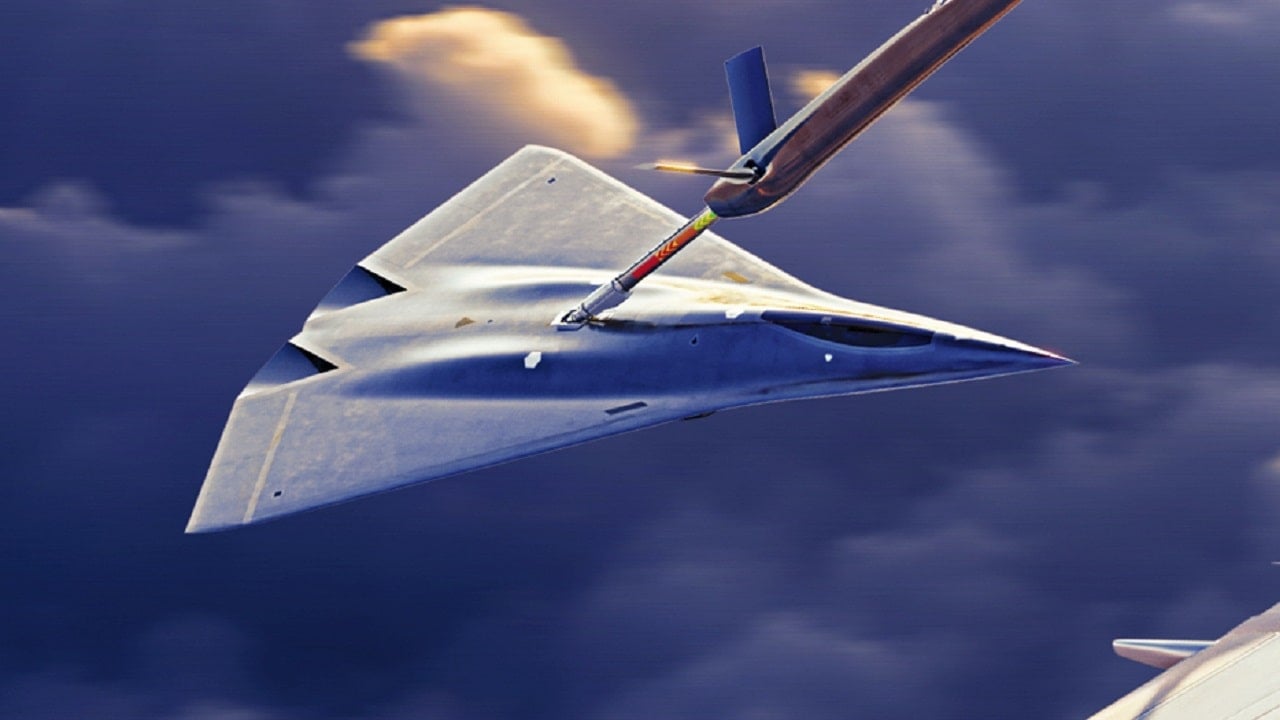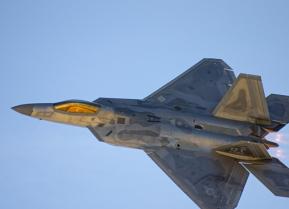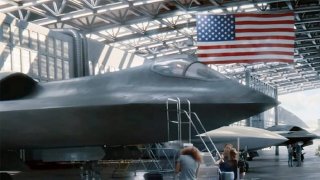NGAD: A 6th Generation Fighter Money Pit?
Some say that just one NGAD stealth fighter could cost as much as $300 million. Will the jump in capabilities above the F-22 and F-35 be worth that big price tag?
Is NGAD Worth the Money? As of last year, the U.S. now operates more than 10,000 additional air platforms than China. While this figure is promising, the gap between the two countries is rapidly dwindling. In addition to sheer quantity, Beijing has been modernizing its aerial fleets over the last decade. The U.S. no longer is the world’s sole operator of fifth-generation platforms, both China and Russia possess their own counterparts. With this context, the rise of tensions between Washington and Beijing should be concerning. The People’s Liberation Army Air Force (PLAAF) is continuing to engage in hostile behavior in the South China Sea, its fifth-gen Chengdu J-20 fighters provoking U.S. military warships and airframes alike.
In order for America to maintain air superiority over China, it must introduce sixth-generation capabilities. The U.S. Air Force’s Next-Generation Air Dominance (NGAD) program is under construction today and aims to enter service in the early 2030s. Considering the ominous geopolitical strife across the globe and China’s growing prowess, the formidable capability of the upcoming NGAD is essential for U.S. national security. Whatever the cost, this sixth-generation fighter should be a top priority for the government.
An Overview Of The NGAD Program
The USAF’s next-generation fighter will be the successor to the fifth-generation F-22 Raptor. As the world’s premiere airframe of its kind, the NGAD will have difficult shoes to fill. The NGAD program can trace its roots back to a 2014 study carried out by the Air Force. The Defense Advanced Research Project Agency (DARPA) resulted in the service’s Aerospace Innovation Initiative in 2015, which centered on the development of a new air superiority prototype. This classified study recommended that the next air superiority fighter program should not revolve around a sole platform, but rather a “family of systems.”
The NGAD Will Encompass Both Manned And Unmanned Components
According to the service, the NGAD program will likely comprise roughly 1,000 unmanned aerial vehicles (UAVs) and 200 stealth combat fighter jets. These highly autonomous drones, dubbed Collaborative Combat Aircraft (CCAs), will fly alongside the sixth-generation fighters as “loyal wingmen drones.”
While the price tag associated with a single NGAD next-generation stealth fighter airframe could cost more than hundreds of millions of dollars (some say $300 million per plane, according to reports), USAF Secretary Kendall has defended the high cost as vital.
Additionally, the inclusion of CCAs in the NGAD program is a price-saver, considering the cheaper price tags associated with UAVs.
Is The NGAD Program Worth The High Cost?
In March, Secretary Kendall told the House Appropriations defense panel that each CCA would cost roughly half to one-quarter as much as an F-35 fighter. The sixth-generation platform is expected to cost around $300 million per airframe. Although this price is staggering compared to the $80 cost per F-35 Lightning II, many experts assert it is still a bargain. It is important to consider that the F-35’s price tag has decreased significantly due to foreign exports. So far, 17 countries have placed orders to fly the advanced fighter and more than 1,000 F-35s have already been delivered to client states. On the other hand, the Air Force plans to procure only 200 or so NGAD fighters.
As detailed by Sandboxx News, “This relatively short production run will place the NGAD fighter on fairly equal footing, in terms of total numbers, with the very fighter it’s slated to replace: the F-22 Raptor. And the truth is when comparing the NGAD’s projected cost to fighters like the Raptor, or even the venerable F-14 Tomcat … that sticker shock soon gives way to a sense that NGAD may actually be a pretty good deal, even at $300 million per airframe.”
The expectation, of course, is that a massive leap in capabilities and lethality is achieved in the NGAD fighter, justifying the cost.
Simply Put, Drones Are Cheap
The use of drones in the NGAD program is really what makes the sixth-generation concept a bargain. The UAVs could further improve the capabilities of the manned fighter as the CCAs likely will not function as multirole aircraft like the F-35. These drones could be more specialized to particular roles, ranging from surveillance and resupply mission sets to those responsible for protecting the manned fighter.

While the NGAD sounds top-notch on paper, the quick development of this program is essential. China is working on its sixth-generation counterpart, and as tensions continue to ramp up between the two countries, the need for such an advanced platform will be critical in the battle space.
About the Author
Maya Carlin is an analyst with the Center for Security Policy and a former Anna Sobol Levy Fellow at IDC Herzliya in Israel. She has by-lines in many publications, including The National Interest, Jerusalem Post, and Times of Israel. You can follow her on Twitter: @MayaCarlin.


